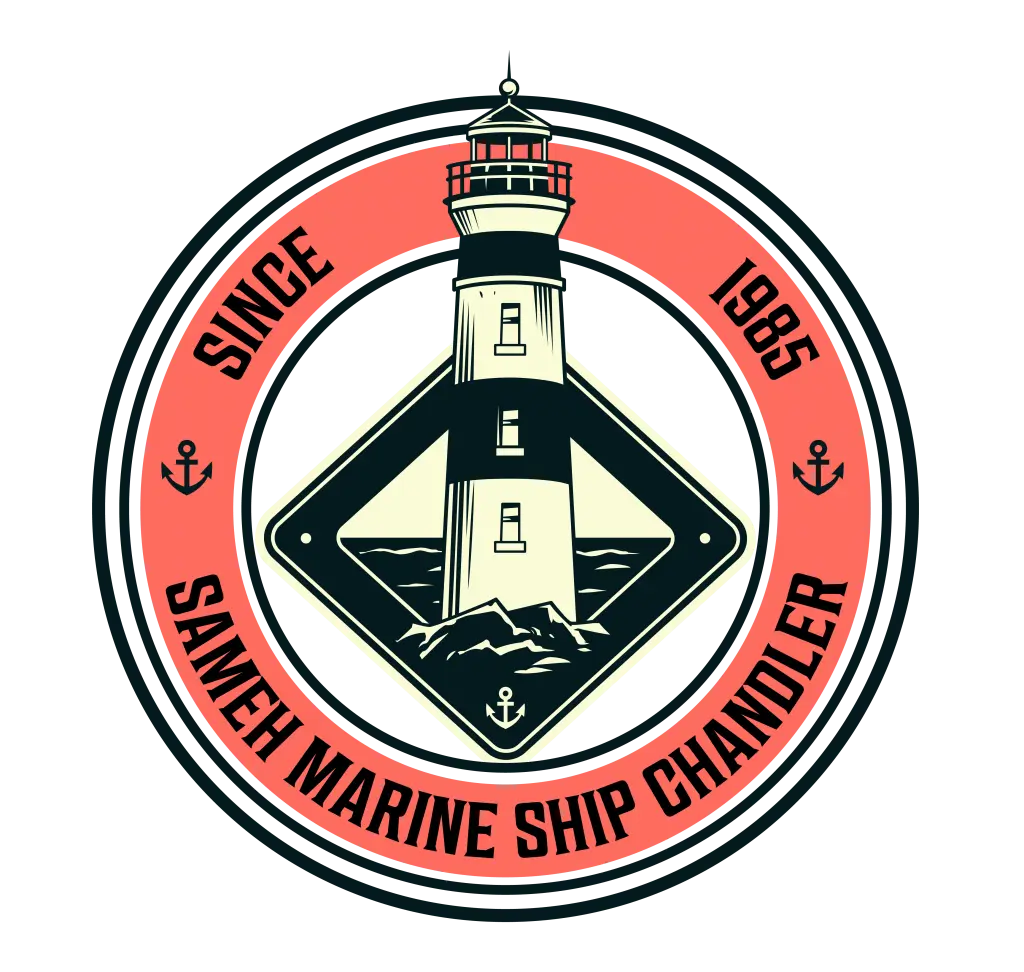In the effective maritime industry of Egypt, ensuring the proper repair and maintenance of ship valves is paramount for vessel safety, operational efficiency, and regulatory compliance. Ship valves play a crucial role in regulating fluid flow within various systems onboard, including propulsion, cooling, and ballasting. In this comprehensive guide, we explore the complexity of valve repair and maintenance for ships operating in Egypt’s maritime waters.
Understanding valve repair and maintenance for ships
Ship valves services come in various types, each serving specific functions onboard. Common types include gate valves, globe valves, ball valves, and butterfly valves. Gate valves, for instance, control the flow of liquids by raising or lowering a gate mechanism, while ball valves use a spherical closure unit to regulate flow. Understanding the functions of these valves is crucial for effective maintenance and troubleshooting.
Common Valve Problems
Despite their importance, ship valves are easy to handle a range of issues that can hamper vessel operations. Common problems include leakage, corrosion, and valve sticking. These issues often arise due to wear and tear, improper installation, or inadequate maintenance practices. Addressing these problems promptly is essential to prevent operational disruptions and ensure vessel safety.
Importance of valve repair and maintenance for ships
Valve repair and maintenance for ships in Egypt is not merely a routine task; it’s a critical aspect of maritime operations. Proactive maintenance helps prevent costly breakdowns, reduces downtime, and extends the lifespan of ship valves. By adhering to a structured maintenance schedule, ship owners and operators can enhance operational reliability and comply with regulatory requirements.
Valve Repair and Maintenance Procedures
The process of valve repair and maintenance for ships involves several essential steps:
- Inspection: Thorough inspections must be conducted to identify any signs of wear, corrosion, or malfunction.
- Lubrication and Cleaning: Regular lubrication and cleaning ensure smooth valve operation and prevent friction-related issues.
- Repair or Replacement: In cases of severe damage, valves may require repair or replacement to restore functionality.
- Documentation: Comprehensive records of maintenance activities should be maintained to demonstrate compliance with regulatory standards.
It’s imperative to follow manufacturer guidelines and industry best practices throughout the maintenance process.
Compliance with Maritime Regulations
Ship operator’s services in Egypt must adhere to strict maritime regulations governing valve repair and maintenance for ships. International conventions and classification society rules set standards for inspection intervals, maintenance procedures, and documentation requirements. Maintaining comprehensive records of valve maintenance activities is crucial for demonstrating compliance during regulatory audits.
Best Practices for Valve Maintenance
Implementing best practices for valve maintenance is essential for optimizing vessel performance and minimizing operational risks:
- Regular Inspections: Conduct regular inspections to detect potential issues early and prevent costly breakdowns.
- Lubrication and Testing: Ensure proper lubrication of valve components and perform routine testing to assess valve functionality.
- Training and Education: Invest in training programs to educate crew members on proper valve maintenance techniques and procedures.
- Proactive Planning: Develop a proactive maintenance schedule tailored to the specific needs of each vessel to minimize downtime and operational disruptions.
Leveraging Technology for Valve Maintenance
Advancements in technology have revolutionized the field of valve maintenance for ships in Egypt:
- Predictive Maintenance: Utilize predictive maintenance techniques, such as condition monitoring and online diagnostic systems, to anticipate potential issues and take proactive measures.
- Digitalization and Data Analytics: Leverage digitalization and data analytics tools to gain insights into valve performance trends and optimize underwater maintenance strategies accordingly.
- Remote Monitoring: Implement remote monitoring solutions to track valve performance in real-time and enable prompt interventions when necessary.
Case Studies and Success Stories
Real-life examples highlight the importance of effective valve repair and maintenance for ships practices in Egypt’s maritime industry:
- Case Study 1: A shipping company in Egypt implemented a proactive maintenance program for its fleet of vessels, resulting in a significant reduction in downtime and maintenance costs.
- Case Study 2: By leveraging predictive maintenance technologies, a tanker operator improved the reliability of its valve systems and enhanced operational efficiency during voyages.
By learning from these experiences, other stakeholders can improve their valve maintenance programs and achieve similar success.
Conclusion
In conclusion, valve repair and maintenance for ships Egypt is a multifaceted process that requires careful attention to detail, adherence to regulations, and proactive management strategies. By prioritizing regular maintenance and leveraging technological advancements, ship owners and operators can ensure the reliability and safety of their vessels in Egypt’s dynamic maritime environment.
